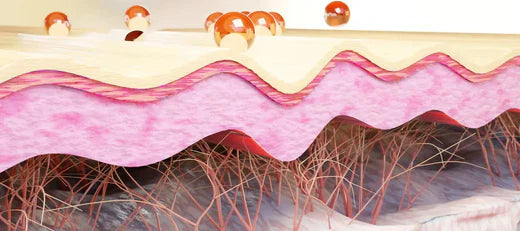
All you need to know about the 7 layers of your skin
The human body contains multiple organs with vital functions. But the skin is one unsung hero. It does not get enough credit for being the first layer of protection against all external factors. One fascinating revelation about the skin is that it contains 7 layers. Doesn't it make you want to learn about all the layers in detail? Come, let's explore the 7 layers of skin together.
What are the 7 layers of skin?
These are the 7 layers of skin:
- Stratum corneum
- Stratum lucidum
- Stratum granulosum
- Stratum spinosum
- Stratum basale
- Dermis
- Subcutis
Although the skin primarily has three layers, the topmost layer, or the epidermis, can be sub-divided into five. Let's learn in detail about them.
- Stratum corneum: It is the first layer on the exterior part of your skin. You can consider it the thriving place of the skin microbiome.
- Stratum lucidum: It is present in the thicker areas like the palms and the foot soles.
- Stratum granulosum: This layer contains chemicals called glycolipids to keep cells glued together.
- Stratum spinosum: It is the thickest layer of the epidermis and is often called the prickle cell layer.
- Stratum basale: It is the region of keratinocyte production. These cells help with the formation of vitamin D. Additionally, they produce keratin, protein, and lipids. Moreover, it contains melanocytes, which produce melanin to add pigment to your skin.
- Dermis: It is the subsequent layer of the skin after the epidermis. All the sweat and oil glands can be found here. Additionally, it houses hair follicles, lymph vessels, and connective tissues. Moreover, the nerve endings are also found here. The dermis is a lot larger than the epidermis. With a rich concentration of elastin and collagen, it is a highly influential layer.
- Subcutis: Another layer resides beneath the dermis, and it is called the subcutis. Blood vessels are found in this layer. Moreover, it connects the skin with the muscle and tissue.
Functions of the different layers of skin
The different layers of skin serve the following functions:
- Stratum corneum: It acts as a shielding force against external elements.
- Stratum lucidum: It prevents the loss of excess water through the pores on the skin.
- Stratum granulosum: This layer helps with the shedding of dead cells.
- Stratum spinosum: The dendritic cells in this layer can protect the body from infections.
- Stratum basale: Since this layer contains keratinocytes, it is important for strengthening the skin. Moreover, this layer determines the colour of the skin by producing melanin.
- Dermis: The dermis contains different elements, which means it has multiple functions. The sweat glands start working under heat and stress. Nerve endings help in feeling pain, pressure, temperature, and touch. The oil glands in this layer produce sebum to keep the layer soft and moist. Additionally, the hair follicles regulate your temperature and offer extra protection.
- Subcutis: Known as the hypodermis layer, it insulates your body to keep you warm. Moreover, it acts as a shock absorber and cushions all the organs in the body.
What layers of skin do skincare products work on?
You apply all topical skincare products on the external layer, which is the epidermis. Most of them fail to go beyond this layer. But some ingredients can get past this layer and reach the dermis.
When choosing skincare products, consider the importance of protecting the epidermis layer. Harsh ingredients can damage its natural protective oils and upset its microbiome balance, harming your overall skin health.
Instead, opt for products that support the skin's microbiome and are free from fragrances. Moreover, try to find products that contain beneficial ingredients for your skin's well-being.
How to care for your uppermost layers of skin
You can nurture the topmost layers by following a strict skincare routine. Here's what you should do:
- Cleansing: The outer layer is exposed to dirt and dust throughout the day. So, you should get rid of the impurities. The Clearing & Calming Acne Face Wash is your ideal product. It deep cleanses to give a fresh and clean look. Apart from impurities, it can help get rid of bacteria and keep the pores clean. Moreover, it has hydrating properties to nourish your skin and soothe irritation.
- Exfoliation: A buildup of dead skin cells might hide your original complexion beneath a dull tone. A regular cleanser isn't enough to remove them. You will have to exfoliate your skin once or twice a week. But it's important to look for something gentle for your skin. You can use the Overnight Exfoliating AHA BHA Radiance Mask to remove dead cells without stripping off moisture from your skin.
Also read: How to choose the right exfoliant for your skin?
- Moisturising: After clearing your skin, it's time to hydrate it. A lightweight formulation is desirable so that it can provide moisture without clogging the pores. The Waterlight Gel Moisturiser is an apt choice. Your skin can easily absorb it. Moreover, your skin won't feel heavy after applying it.
How to nourish your skin from within
A serum is the best ingredient to deeply nourish your skin. Consider using the Dark Spot & Hyperpigmentation Correcting Power Serum. It contains 8 active ingredients in the right dosage to make your skin strong and healthy.
If your skin suffers from blemishes, this serum will help clear them up. You will notice a brighter complexion by using this daily. Moreover, it will soothe your skin and get rid of redness.
Conclusion
Your skin deserves to be pampered for everything it does to protect you. So, embrace the right products with beneficial ingredients to keep your skin in the best health. Remember the specific needs of your skin to make accurate choices.
FAQs:
1. Does the human skin have 100 layers?
No. Skin primarily includes three layers. The first one is called the epidermis. The dermis and hypodermis follow it. The first layer can be further divided into five categories. Each layer has distinct characteristics and functions.
2. Do skincare products reach the last layer of the skin?
Most skincare products are meant for nourishing the first layer. Therefore, it is essential to find products suited for the epidermis to maintain overall skin health.
























































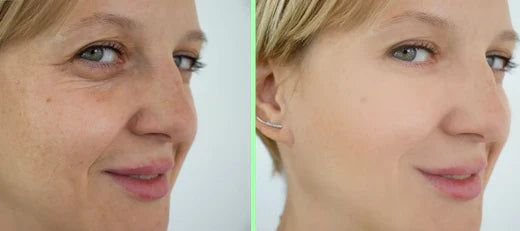
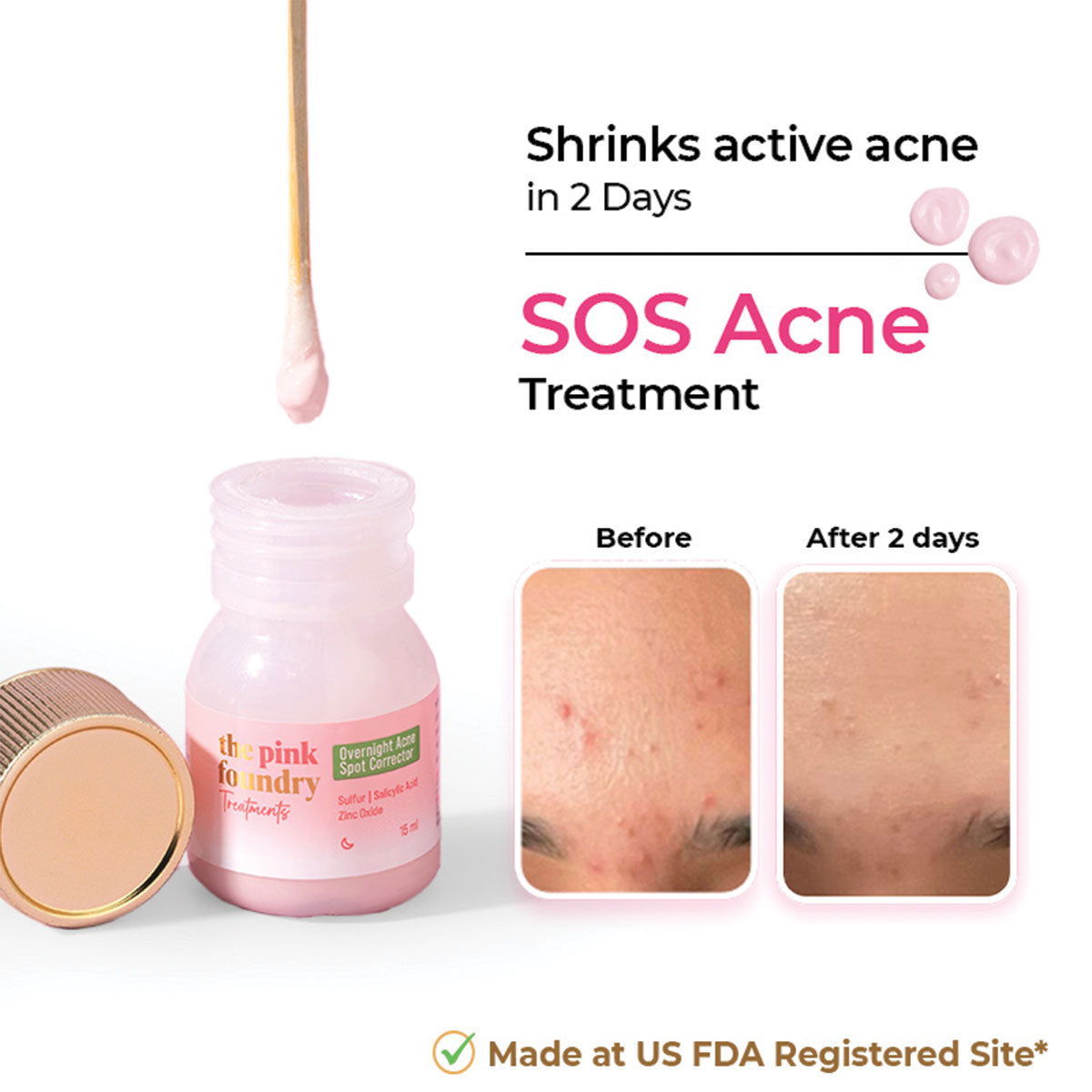
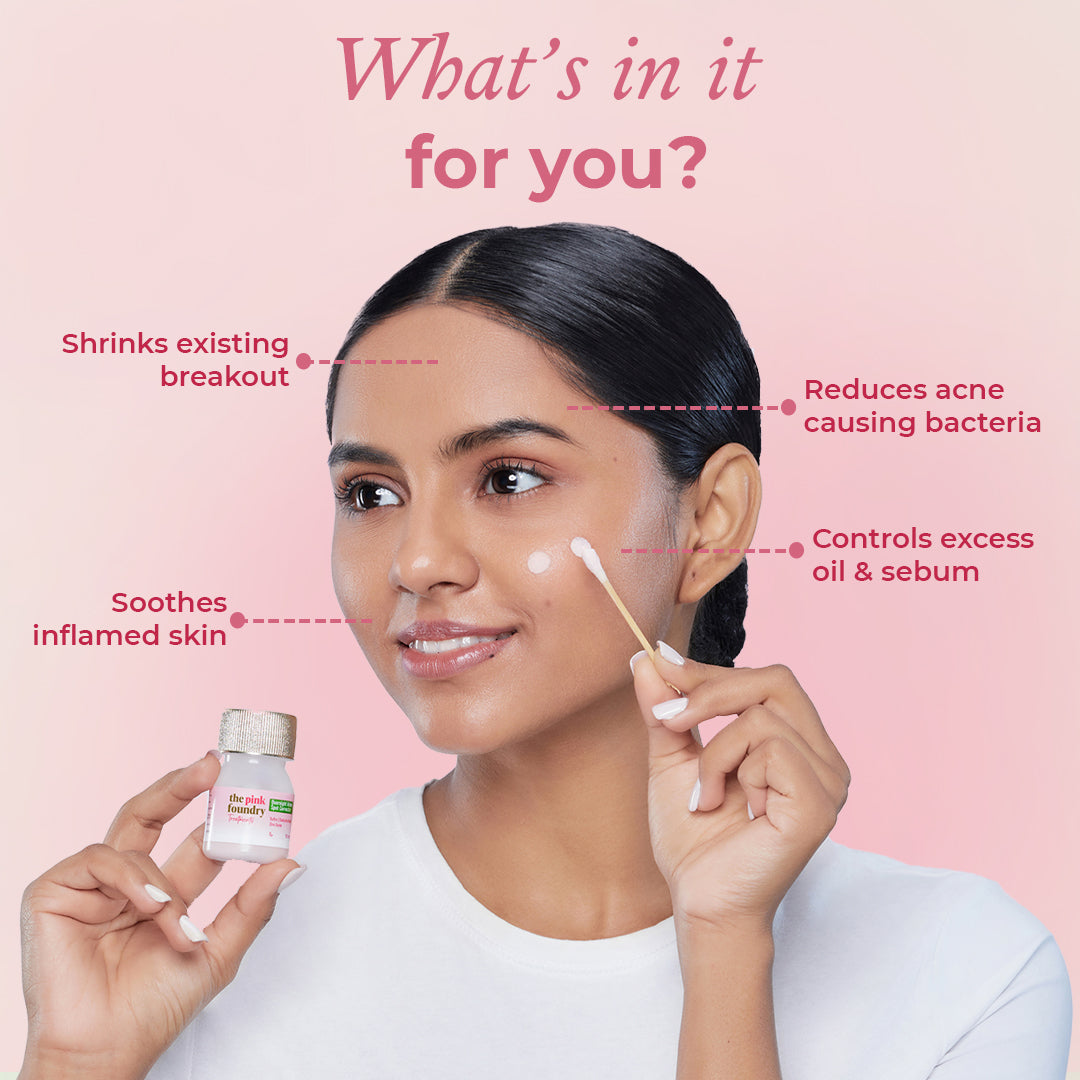
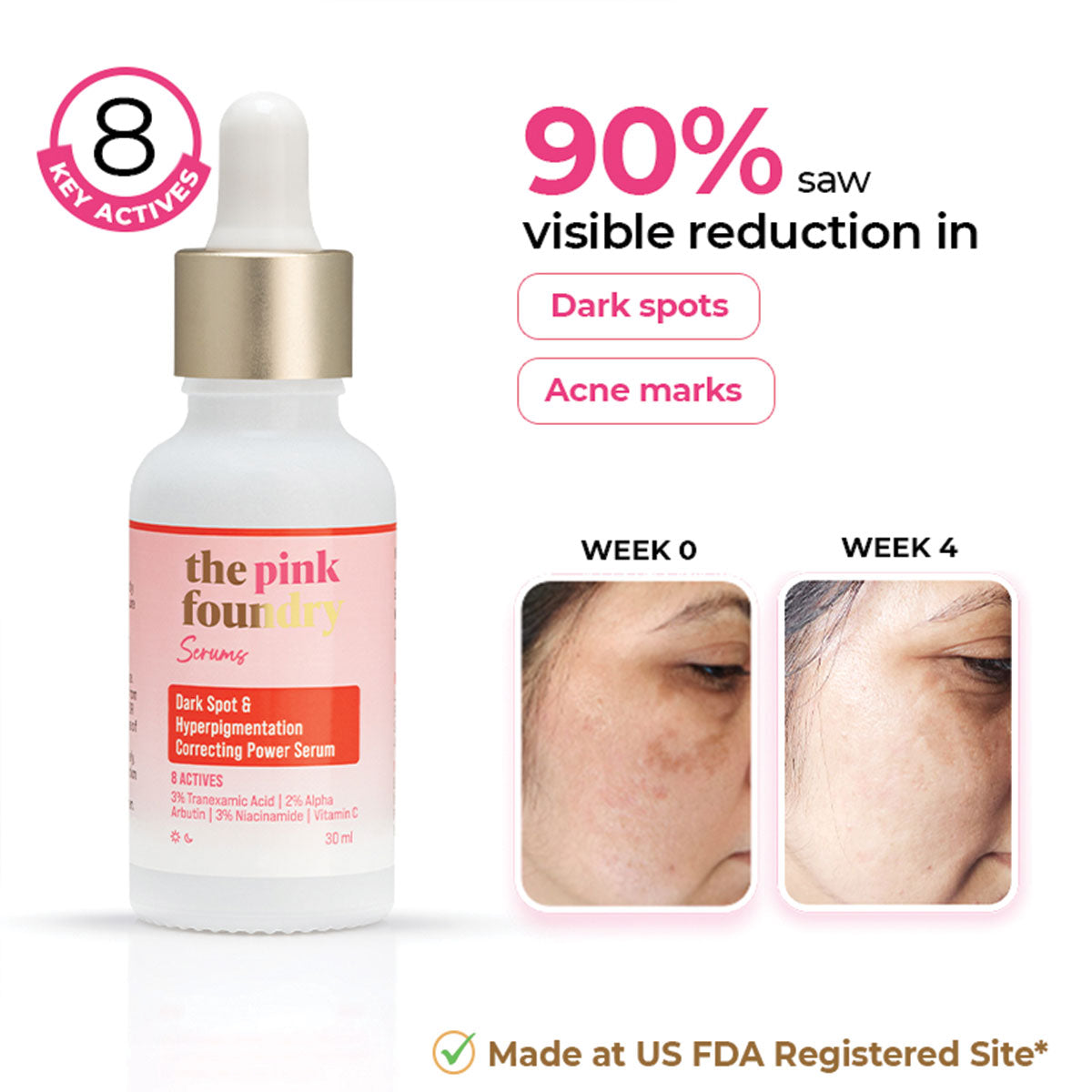
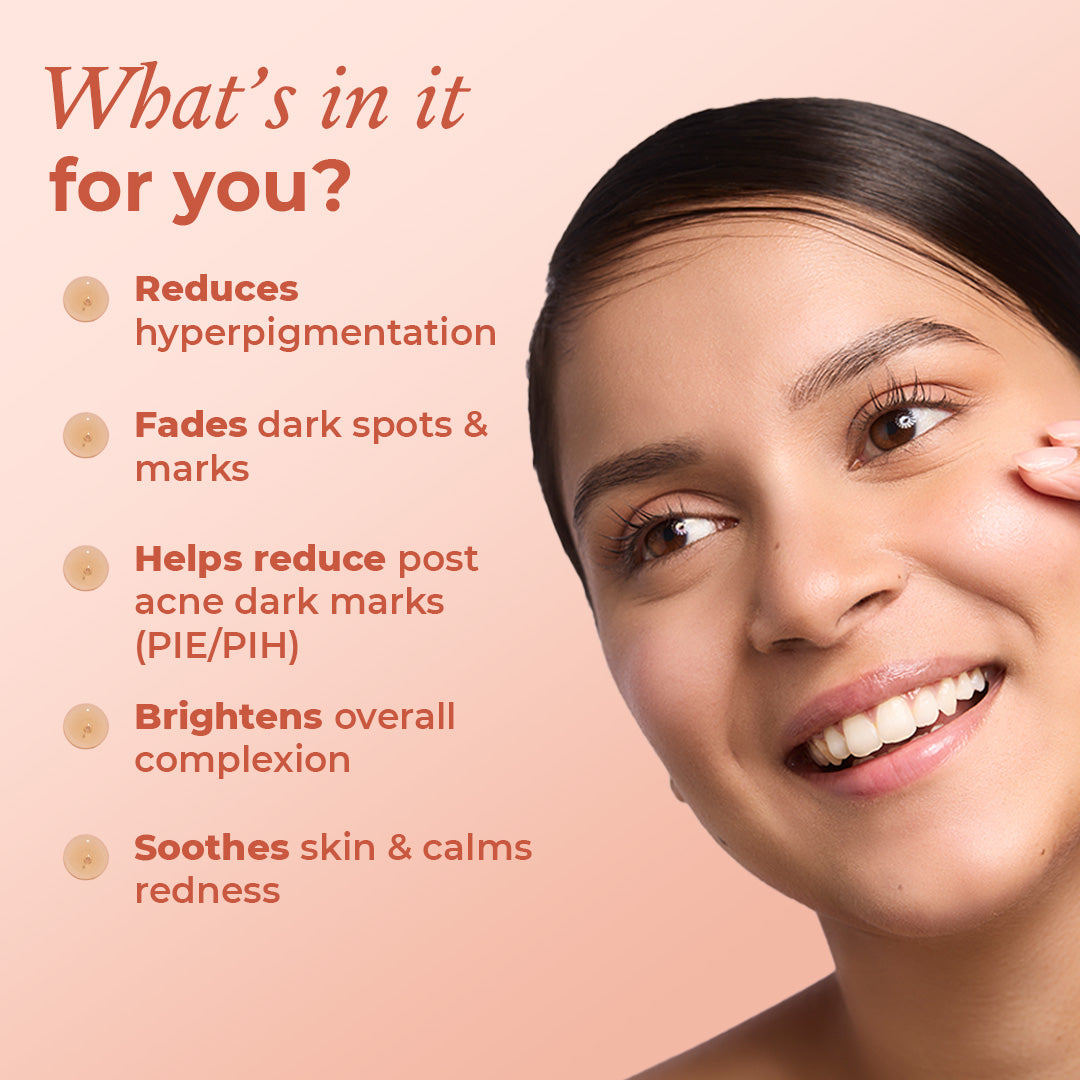
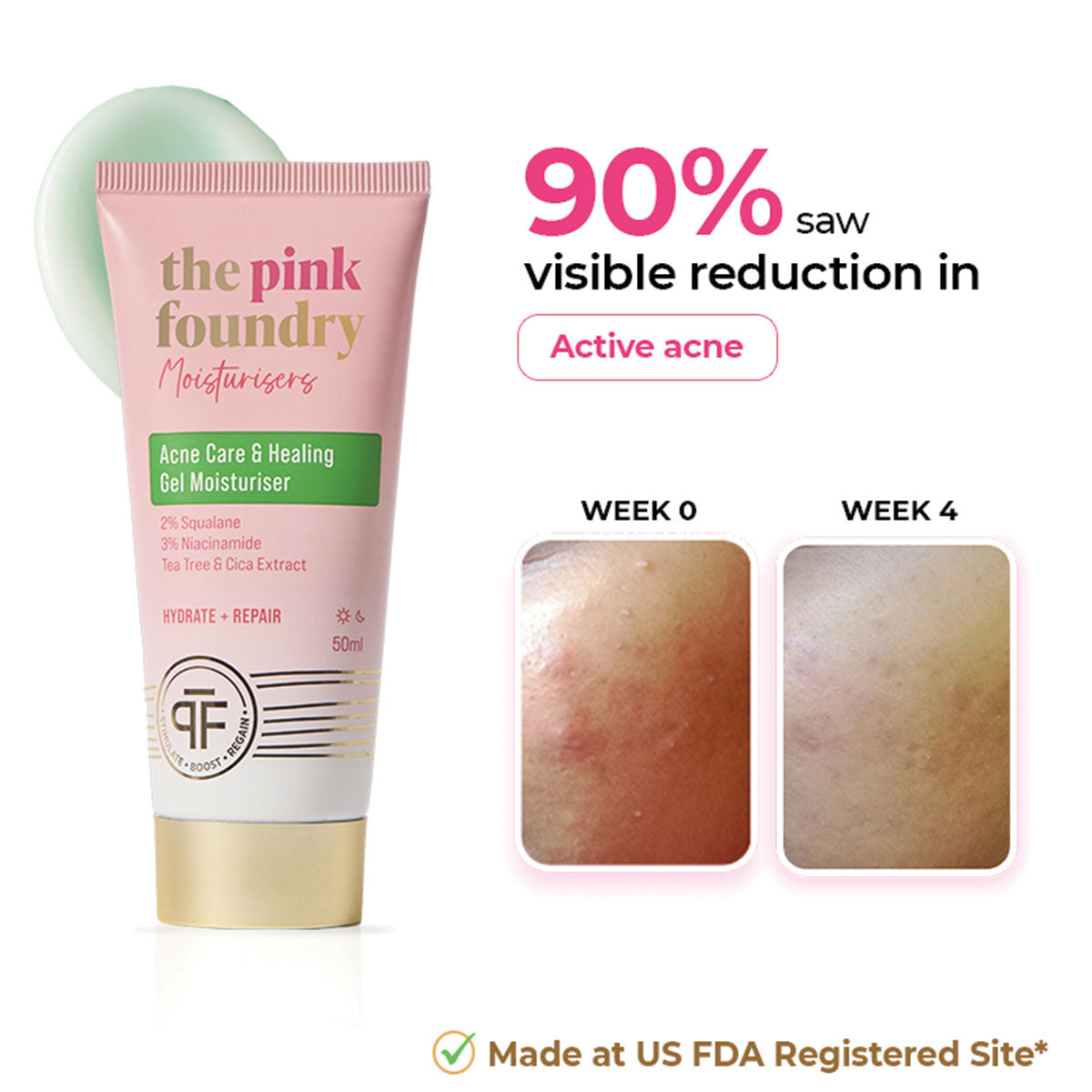
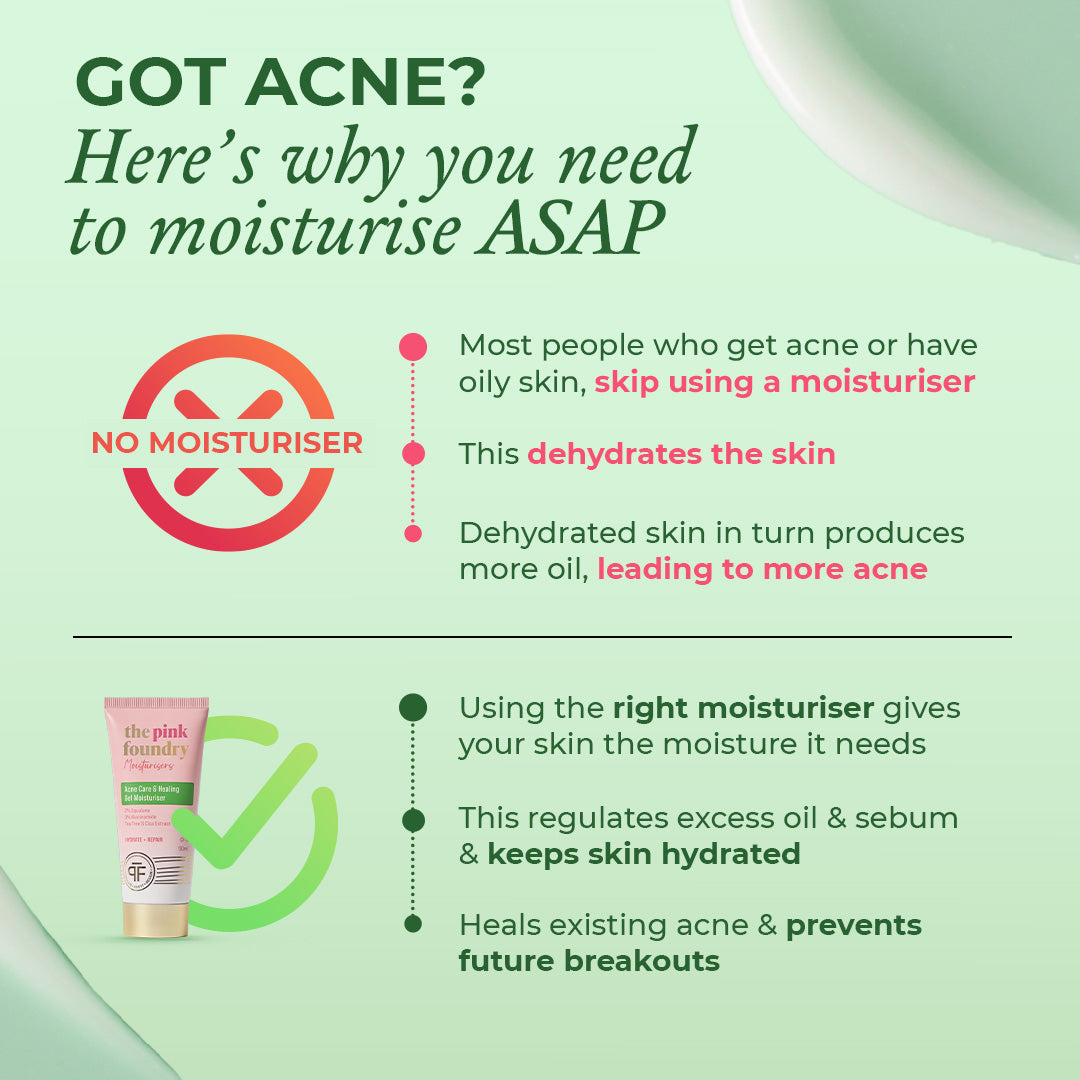
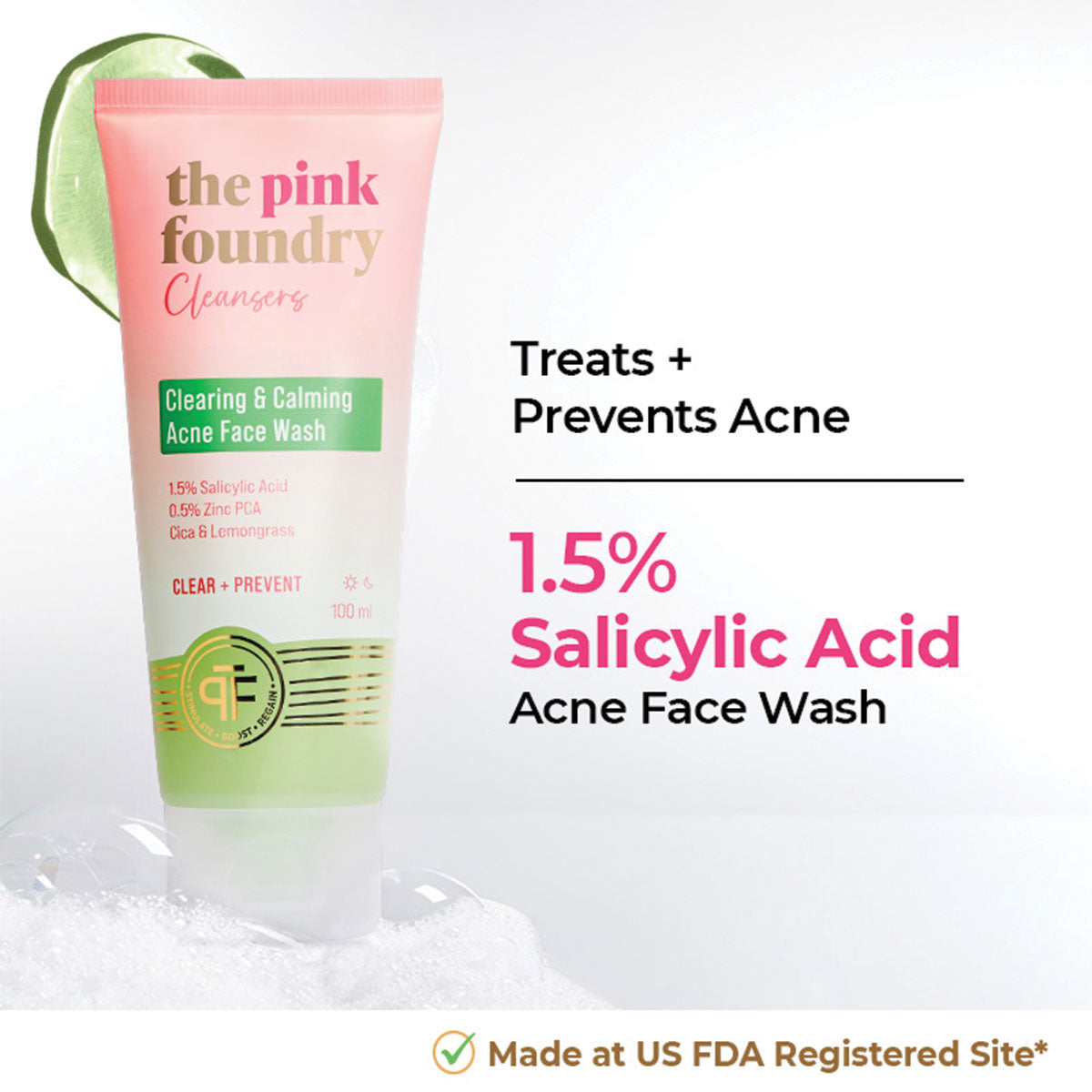
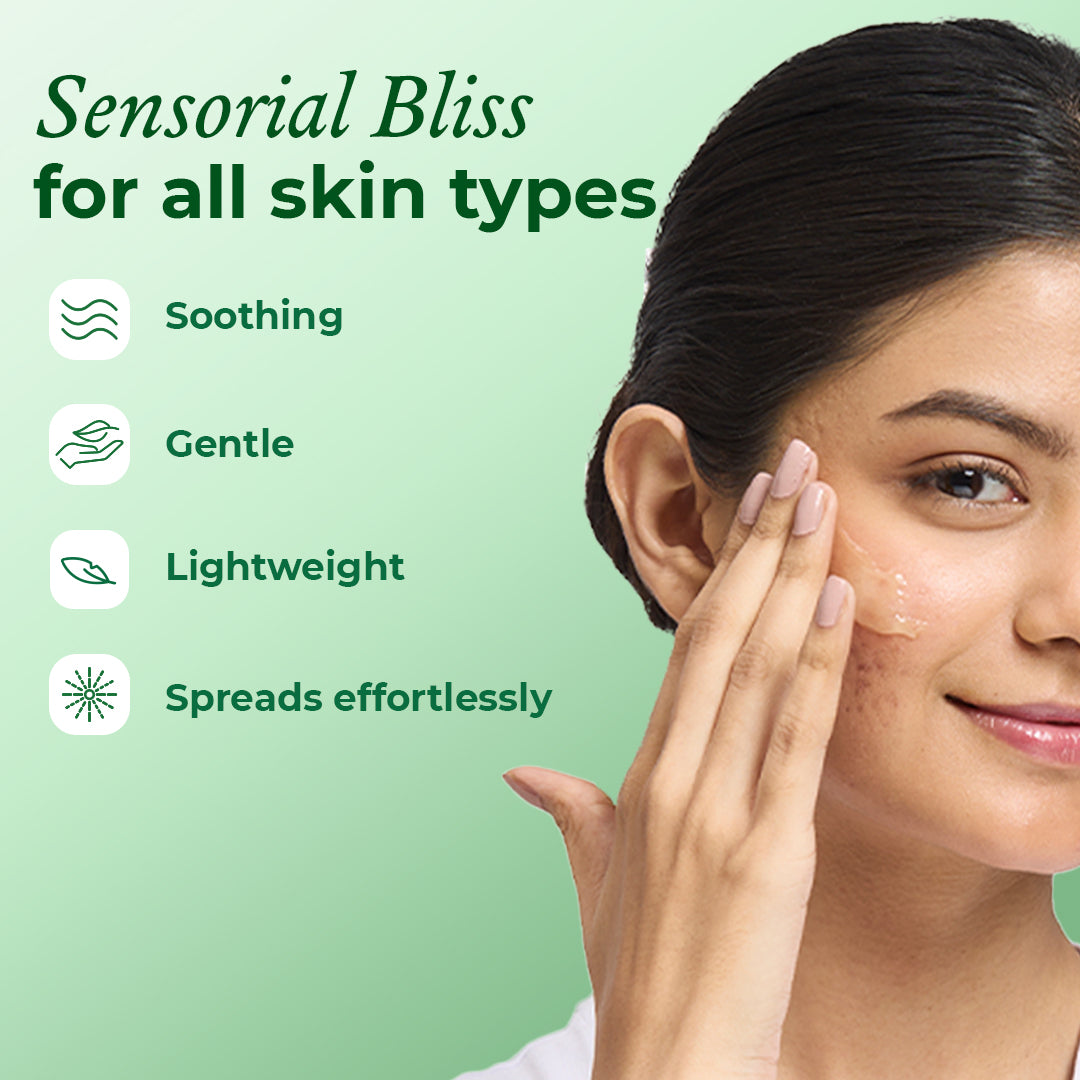
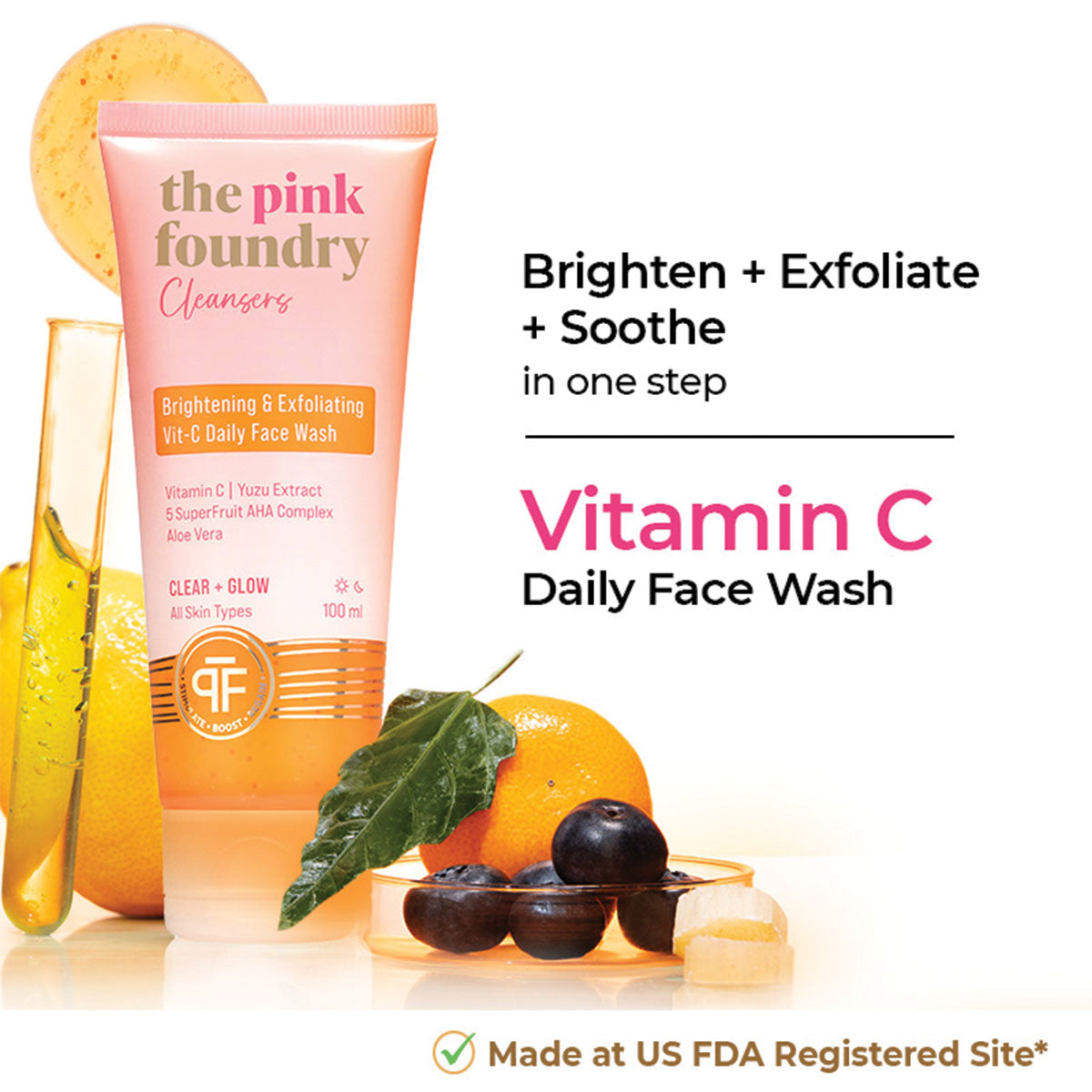
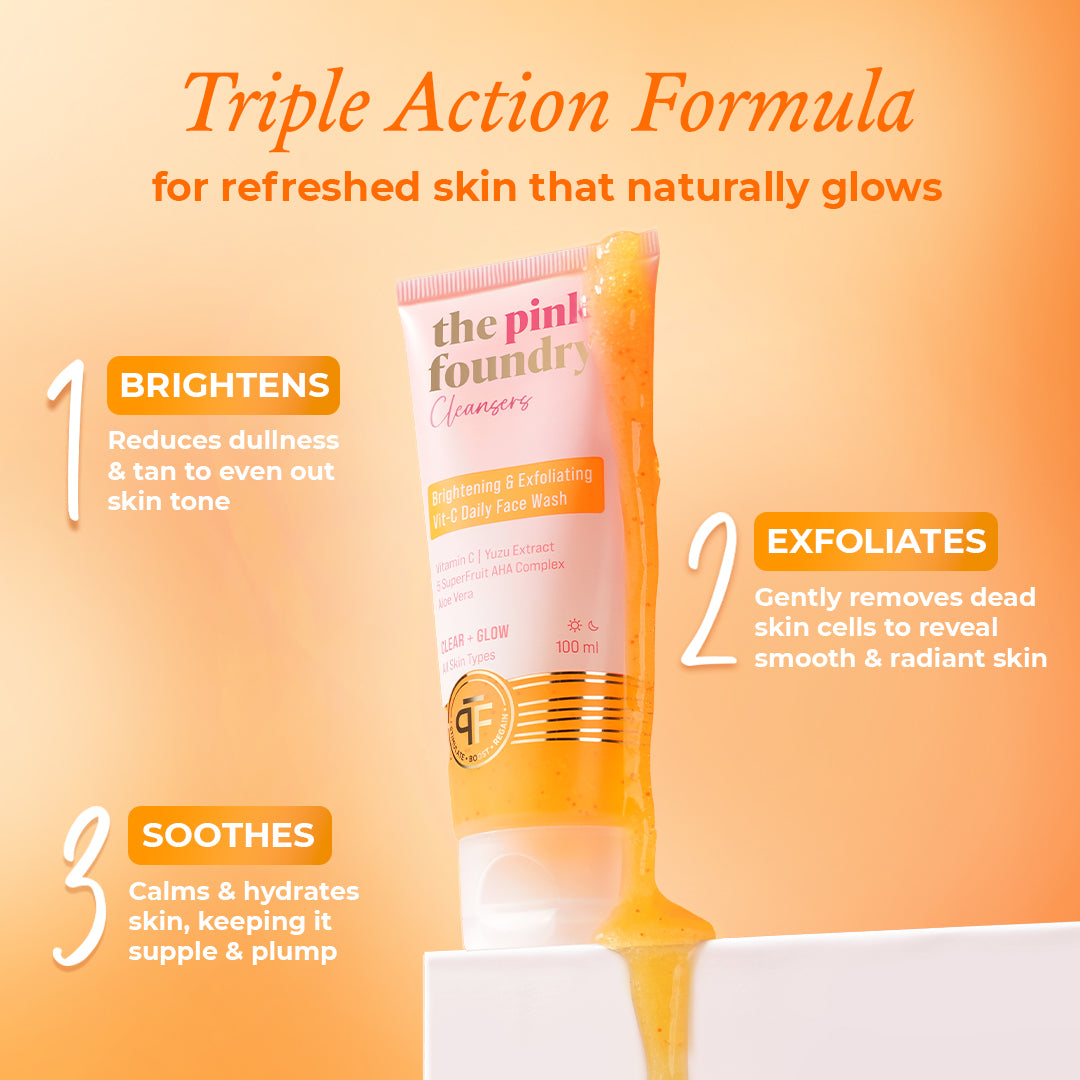

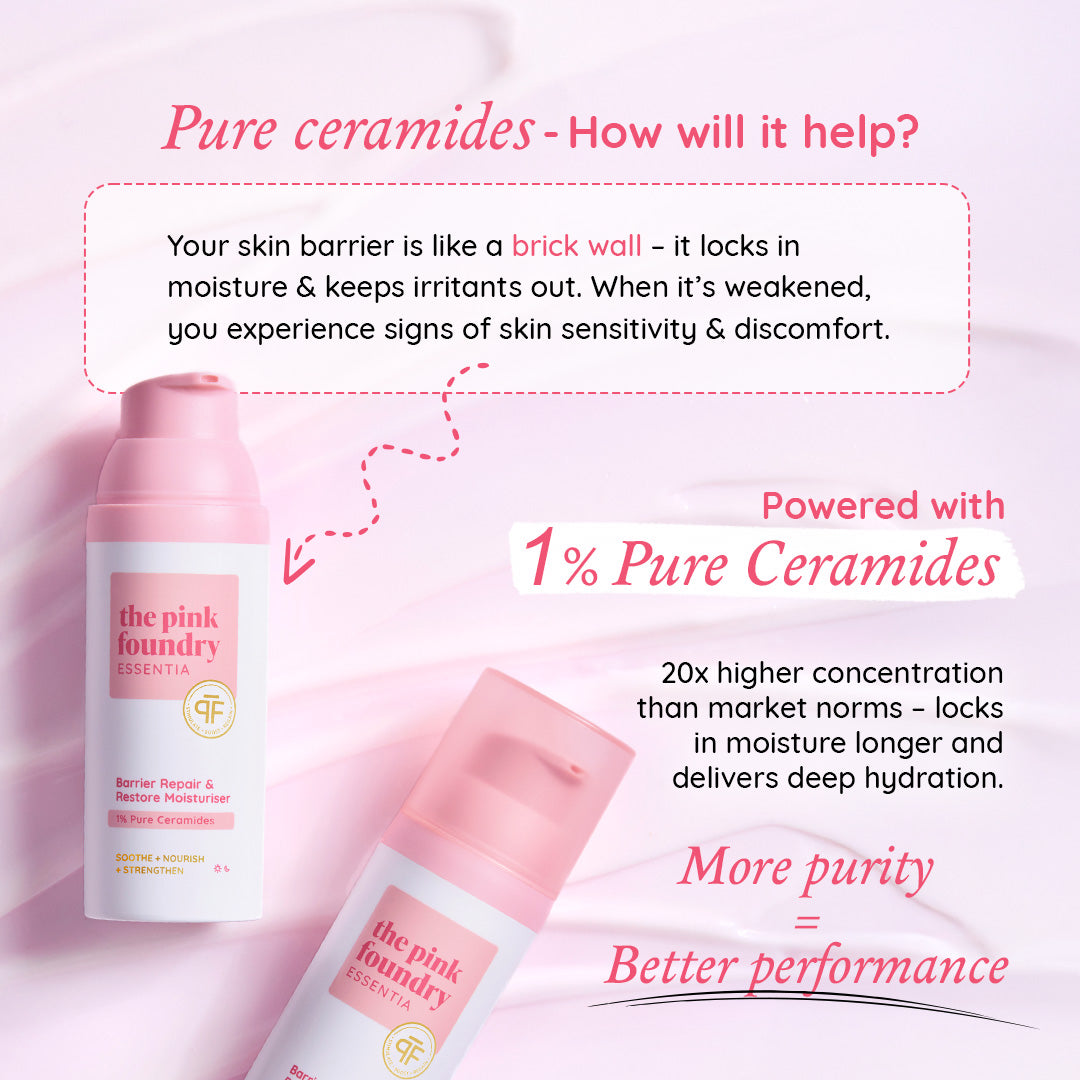




Leave a comment
This site is protected by hCaptcha and the hCaptcha Privacy Policy and Terms of Service apply.